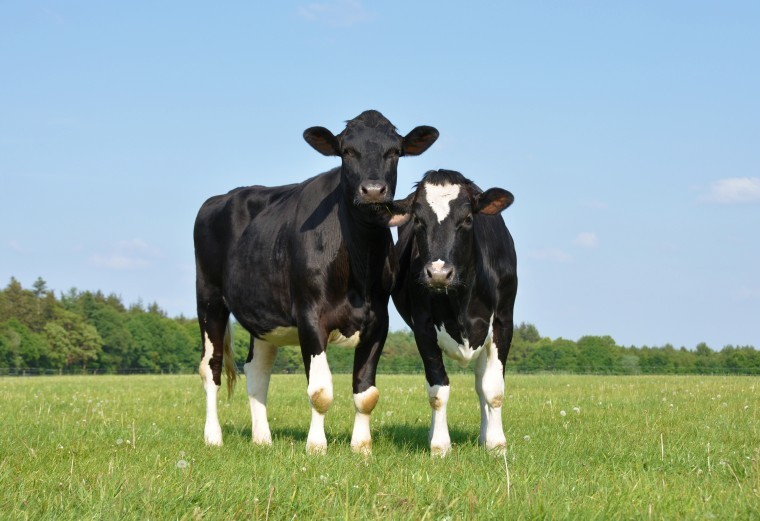Depressed grass growth rates due to hot, dry conditions means supplementation at a grass is a must if farmers want heifers to stay on track to calve at the optimum 24 months of age.
Grass growth and potential dry matter intakes from grazed grass typically drop off from July. However, a lack of rain is compounding the issue. Figures from Trouw’s Grass Watch show that grass in the South West of England grew at 29kgDM/ha/day at the end of June, compared to 45kgDM/ha/day at the same time last year.
Rachel Smithyman, lifetime dairy specialist for Mole Valley Farmers, says this is likely to be impacting on dry matter intakes and subsequently heifer growth rates, if left unaddressed.
She explains: “24 months is by far the most economical age at first calving. Heifers need to achieve an average daily gain of 0.7kg or more to hit a target puberty weight of 45% of mature body weight at 12 months old. That means they’ll be ready for breeding at 13-14 months old, to calve at 24 months.
“However, a recent Royal Veterinary College study, showed that nearly 70% of almost 500 pre-weaned calves had growth rates of below 0.7kg per day and of those, 20% grew at less than 0.5kg a day. With the current dry conditions, growth rates could easily drop to 0.5kg/day or less.”
When these figures are inputted into Mole Valley Farmers, Lifetime Dairy Calculator, it shows that Holstein animals that grow at this lower rate will take an extra 4.7 months to reach target weight at puberty. This instantly increases age at first calving from 24 to 28.7 months. This results in:
- An additional cost £413.28 per heifer (or £2.87 for each day over 24 months)
- An additional 20% more animals needed in the replacement herd
- A reduction in margin over purchased feed of £1,635 per animal
Current high temperatures will also be exacerbating the issue, as heat stress will likely be depressing grass intakes further. Annoyance from flies has also been shown to result in up to a 0.3kg a day loss in growth rates.




